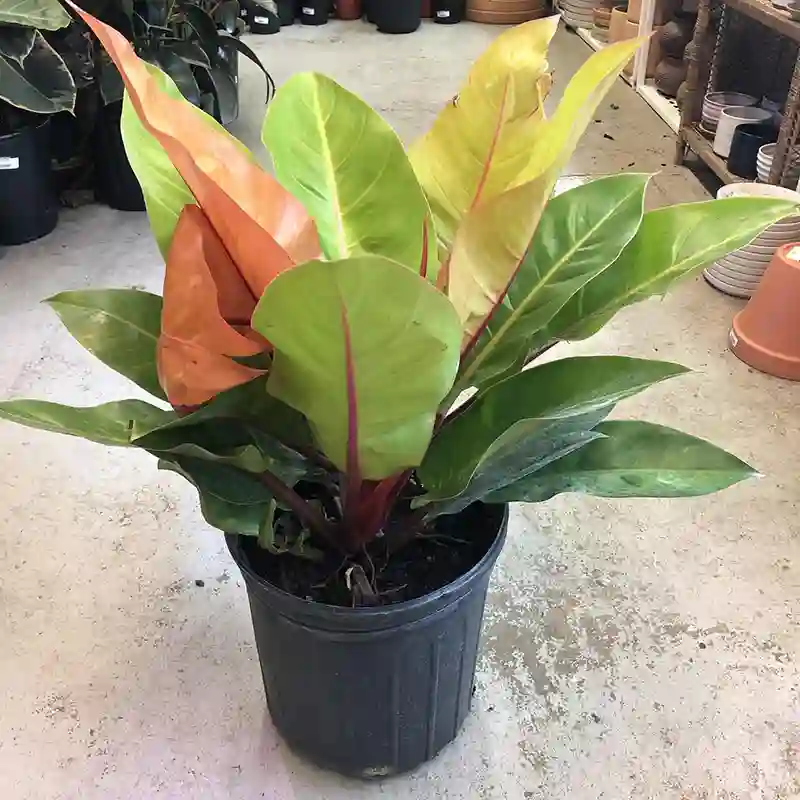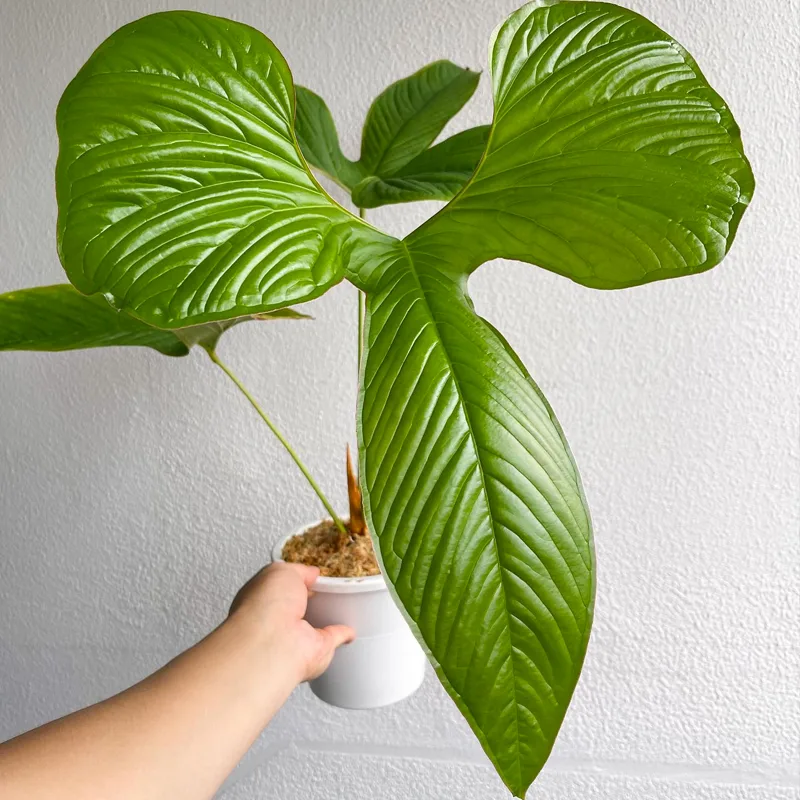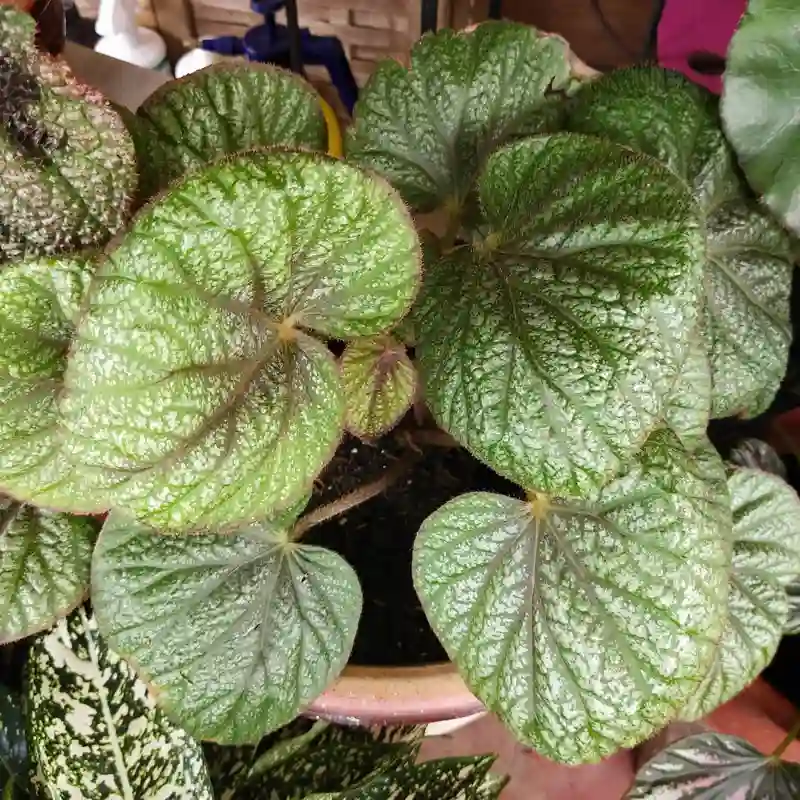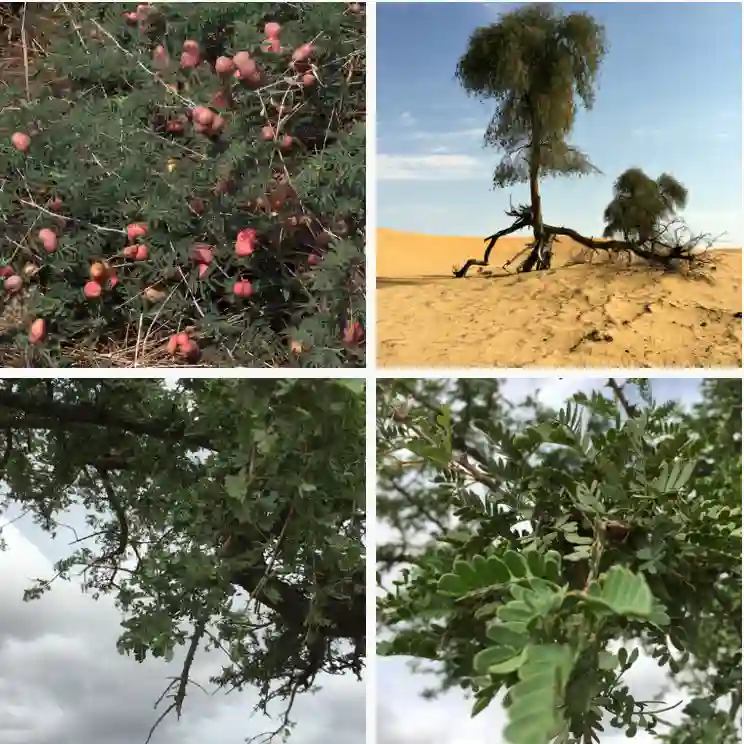What is Gentiana Scabra?
Gentiana Scabra, also known as Rough Gentian, is a perennial plant that belongs to the Gentianaceae family. It is native to Japan and is well-known for its striking blue flowers that bloom in late summer to early fall. The plant features lance-shaped leaves and grows up to 12-18 inches tall. It is a favorite among gardeners for its vibrant blooms and its ability to attract pollinators.
356 Species in Genus Gentiana
Where to Buy Gentiana Scabra?
If you’re looking to purchase Gentiana Scabra, there are several places to consider. Local nurseries that specialize in perennials or native plants are a great starting point. You can also find Gentiana Scabra at reputable online plant retailers like Plant Delights Nursery or White Flower Farm. Additionally, garden centers that offer a wide variety of plants often carry Gentiana Scabra. When buying online, ensure the seller provides clear care instructions and a guarantee for plant health.
How to Care for Gentiana Scabra?
Gentiana Scabra requires specific conditions to thrive. It prefers well-drained soil and a location with full sun to partial shade. This plant is quite hardy and can tolerate various soil types, but it flourishes in slightly acidic to neutral soil. Watering should be regular but moderate, as the plant does not like to be waterlogged. During the growing season, a balanced fertilizer can help promote vigorous flowering. Be sure to trim back any dead or damaged stems to encourage new growth.
How to Propagate Gentiana Scabra?
Propagating Gentiana Scabra is best done through division or seeds. For division, carefully separate the plant’s root clumps in early spring or fall and replant them in a new location. When propagating from seeds, sow them in a cold frame or greenhouse in late winter. Seeds require a period of cold stratification to germinate. Ensure the soil remains consistently moist until the seedlings are established.
What to Plant With Gentiana Scabra?
Gentiana Scabra pairs well with other perennials that have similar growing conditions. Consider planting it alongside Astilbe, which also enjoys moist, well-drained soil and can complement Gentiana’s blue flowers with its own array of colors. Other good companions include Hosta and Ferns, which provide a lush backdrop and contrast to the Gentiana’s vibrant blooms. Combining Gentiana Scabra with ornamental grasses like Blue Fescue can also create an attractive garden arrangement.
Can You Grow Gentiana Scabra Indoors?
Gentiana Scabra is primarily an outdoor plant, but with the right conditions, it can be grown indoors. To grow Gentiana Scabra indoors, you’ll need to provide it with plenty of bright, indirect light. A south-facing window or a grow light can help meet its light requirements. Additionally, ensure the plant has well-draining soil and monitor humidity levels, as indoor environments can be dry. Indoor growth might be slower, but with proper care, it can still thrive.
Is Gentiana Scabra Toxic?
Gentiana Scabra is not considered toxic to humans or pets. It is a safe choice for gardens where children and animals may be present. However, it’s always a good practice to monitor any plant interactions, as individual reactions can vary.
Benefits of Gentiana Scabra
Gentiana Scabra offers several benefits beyond its aesthetic appeal. Its vibrant blue flowers are excellent for attracting pollinators like bees and butterflies, contributing to a healthier garden ecosystem. The plant is also relatively low-maintenance, making it a suitable choice for gardeners looking for beauty without extensive upkeep. Additionally, Gentiana Scabra can be used in herbal remedies, particularly in traditional medicine for its reputed digestive benefits.
Common Problems with Gentiana Scabra
While Gentiana Scabra is generally hardy, it can encounter a few common problems. One issue is susceptibility to root rot if the soil remains too wet. Ensuring proper drainage can help prevent this. Another problem is pest infestations, particularly from aphids or snails. Regular monitoring and organic pest control methods, such as neem oil or hand-picking, can help manage these issues. In colder climates, protecting the plant from frost during winter is essential.
Compare with Other Similar Plants
Gentiana Scabra is often compared to Gentiana Kiwiana and Gentiana Verna. Gentiana Kiwiana, or New Zealand Gentian, features similar blue flowers but has a more sprawling growth habit. Gentiana Verna, or Spring Gentian, is a smaller plant with a compact form and earlier bloom time. Both offer beautiful blue flowers but differ in size and growth conditions, which may influence your choice depending on your garden’s needs.
By understanding these aspects of Gentiana Scabra, you can better appreciate its role in your garden and ensure it thrives. Whether you’re buying, planting, or caring for this striking perennial, keeping these FAQs in mind will help you enjoy its beauty for years to come.
If i die, water my plants!



